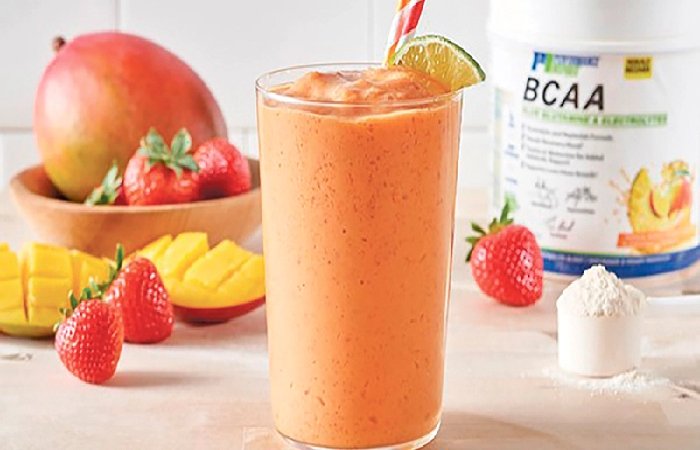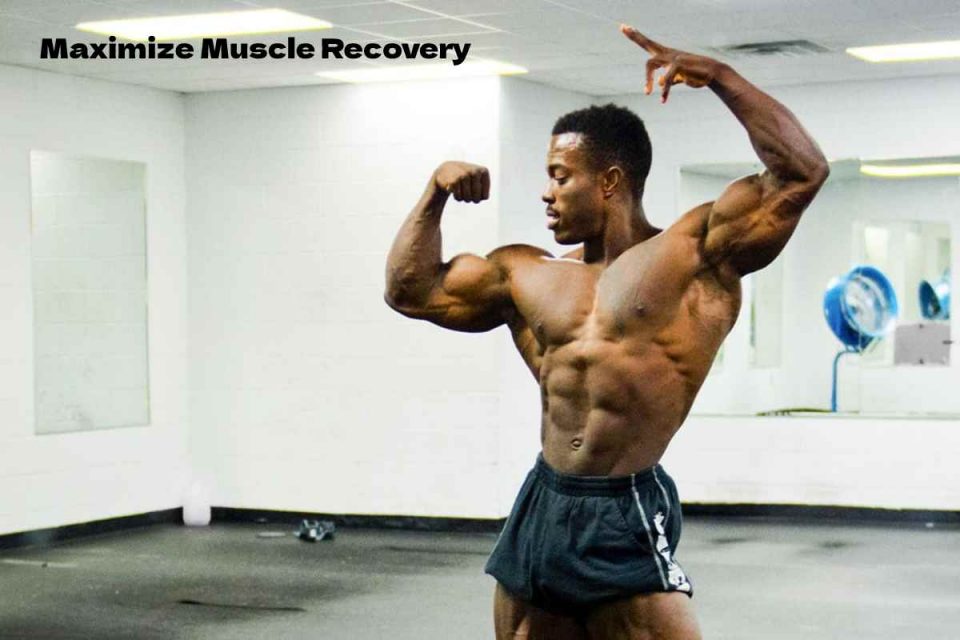You just worked out, and you feel great. You leave the gym, looking at your numbers for the day, and you are really proud of what you’ve just achieved. You went heavier, and you did more reps. But now it’s the following day, and you’re lying in bed, unable to move because your muscles are too sore to even allow you to get up. And you know it’s going to be even worse tomorrow!
This doesn’t have to be your fate. You can get the workout you want, make the gains you’re after and maximize your muscle recovery after workouts if you’re smart about it. In this article, we’re going to explain how everything from supplementing with CBD capsules to adding active recovery into your rest days will help you out in significant ways.
Table of Contents
What Is Muscle Recovery? And Why’s It Important?
Muscle recovery is the process your body undergoes post-workout to refresh energy reserves and repair damaged tissues. When you exercise, especially during resistance training, you’re causing a breakdown of muscle tissue through the work you’re challenging your body to do.
This stress causes the fibers in your muscles to tear or break apart. Recovery is when they rebuild themselves, generally stronger than before. This is how you get stronger and why recovery is so important. Now let’s take a look at how to optimize your muscle recovery for best results.
Eating Right
Eating a balanced diet that is suitable to your goals but delivers the nutrients your muscles need to repair and rebuild is essential. Many folks make a big mistake, especially those trying to drop fat. They find themselves chasing a calorie deficit so low that the body isn’t left with what it needs for proper muscle recovery. Or they ignore what their body needs and later give in to cravings for junk that isn’t beneficial in any way. This can all lead to prolonged soreness and not seeing the gains you want.
A properly balanced and sustainable diet will include adequate amounts of the three main macronutrients. These are carbohydrates, fats and proteins. They’ll supply you with the energy you need to recover and get you ready for your next gym session.
These days, some folks find short-term benefits from shockingly low amounts of carbohydrates. But don’t be wooed by fad diets that promise rapid weight loss. They don’t always have your muscles’ best interests in mind. You’re better off getting a tracking app and keeping a food journal to record what you’re eating in a day and how it helps with your muscle recovery.
Every individual is bound to see benefits from varying percentages of macronutrients in their day-to-day diet. But are you a pro-athlete or staying in shape for the next superhero movie? Probably not. So, you’ll want something sustainable that will promote a positive relationship with food so you can consistently get the best muscle recovery possible.
Supplement Properly
There are differing opinions on using supplements in fitness regimens, but the fact is many people do. the supplement industry was worth $122 billion, as of 2016, and was responsible for directly employing nearly 400,000 people across the U.S. One of the most popular post-workout supplements is creatine. It’s an inexpensive way to hydrate your muscle cells and increase adenosine triphosphate (ATP) production.
Another popular way to supplement is with whey protein because it is quickly and easily absorbed by the body. For most folks, it’s also easy to digest. Best of all, whey protein has a high concentration of branched-chain amino acids (BCAAs), which will decrease the amount of time it takes your muscles to recover. Glutamine is another top supplement many people incorporate into their routines. It’s an amino acid that makes up over 60 percent of the amino acid pool in your muscles. By taking it regularly, you’re giving your body what it needs to recover quickly and efficiently.
Exploring natural supplements with anti-inflammatory properties is also becoming more popular these days. CBD drops are finding their way into many gym bags and for a good reason. According to research, cannabidiol (CBD) has therapeutic benefits as an anti-inflammatory, which may reduce muscle recovery time. Curcumin, a component found in turmeric, is another one on many people’s radars because of of its multiple health benefits, including being a potent anti-inflammatory.
Make Active Recovery on Rest Days a Thing
Too many of us are tempted to be lazy couch potatoes on our rest days. After a challenging workout the day before, you may feel sore and tired. Perhaps you’re even thinking you’re entitled to that Netflix binge. Or maybe you’re the type who doesn’t want to stop moving. Instead, you want to jump back into the thick of it with another session and push yourself harder than the day before. Even if your muscles aren’t ready yet.
But the truth is that engaging in some active recovery on your rest days is proven to be beneficial for your muscle recovery! It will get your muscles back to the place they need to be for your next session in the gym.
But what does active recovery look like? To begin, it’s definitely NOT doing the same thing you regularly do at the gym. So don’t even think about it! What it does include is staying active in ways you might not normally associate with recovery. One way to incorporate some active recovery into your rest days to help muscle recovery is to do some stretching, mobility exercises and foam rolling. Through training, your muscles may tighten and shorten, limiting your range of motion and making it hard to move. You can target the muscle areas that you’ve just worked out and also get a pre-emptive strike on the ones you’re looking to exercise in your following days at the gym.
Along the same lines, you can also hit the mat and get some much-needed yoga in. It will benefit you in the same areas of stretching and mobility work we just mentioned, but also help improve your breathwork. In addition, Yin Yoga specifically is great for increasing blood circulation to your fasciae, which will help with general soreness and muscle recovery.
Swimming will help you cool off and relax and provide you with low-impact exercise to keep you moving. A few laps around the pool will loosen your muscles and have you feeling limber in no time. But if you’re not a fan of getting wet, try a simple 30-minute walk or jog instead. Still low impact, but again, it gets the blood circulating and keeps you moving. This movement is vital to keep the muscles from stiffening up too much.
Final Thoughts
There are a lot of ways to encourage better muscle recovery after workouts. You don’t need to do them all, and you don’t need to do them perfectly. Just make an effort in one or two areas, and you’ll definitely notice a difference!
Also Read: Club 4 Fitness

